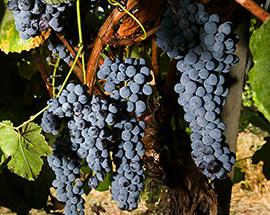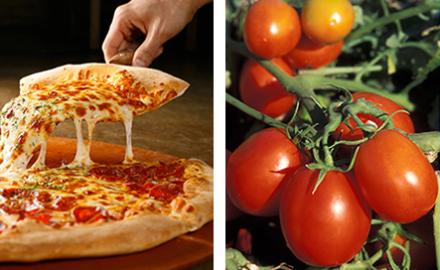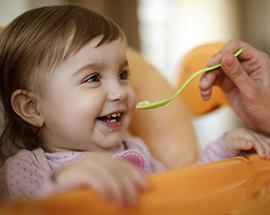Can Baby Food Affect Your Health As An Adult?
Do you ever wonder what the future holds? No, we’re not talking about staring into crystal balls or reading tea leaves. A scientist in Houston, TX, has stumbled onto the answer of how what you eat at certain stages of life may determine your future health, and it’s call epigenetics.
Robert Waterland, professor of pediatrics-nutrition at the ARS Children’s Nutrition Research Center at Baylor College of Medicine, found a naturally occurring process in which DNA molecules are modified in ways that affect gene expression – including genes that regulate the body’s ability to use sugar. This premature epigenetic process may help explain how overnutrition during infancy increases the risk of diabetes later in life.
Waterland said we still have a lot to learn about these complex processes, but one promising insight is that this might present opportunities for pharmacological interventions to slow or even reverse epigenetic aging, if we can understand it.
Want to learn more? Read "Infant Overnutrition May Lead to Health Problems Later in Life".










